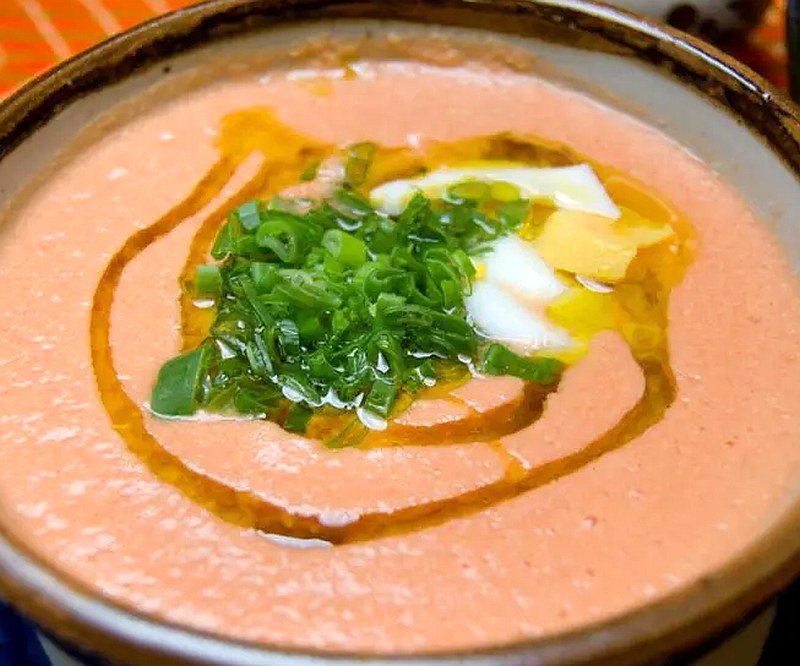The origins of gazpacho andaluz are mysterious, and like most things from our past, have never been truly documented. What writing does exist is filled with inaccuracies, but the general consensus is that the pre-Roman Andalusians (often identified as Ibericelts) were making something akin to gazpacho as early as Phoenician and Carthaginian times. To complicate matters, similar raw vegetable or bread-based cold soups were also made by pre-Roman peoples in the Italian peninsula.
However, it’s important to note that tomatoes—now a defining ingredient—were not introduced to Europe until after the Columbian exchange in the 16th century. Early versions of gazpacho would have been made with stale bread, garlic, olive oil, vinegar, water, and possibly local herbs or vegetables like cucumbers. It was a practical, nourishing dish for farmworkers—hydrating, energizing, and easy to prepare without heat in the southern Spanish sun.
I’ve been living in this lovely area of Western Andalucia for the last 20 years or so and dedicate most of my time to the running of English language tourist information websites for the towns of Cádiz, Ronda, Grazalema, the famous or infamous Caminito del Rey, and also Wildside Holidays, which promotes sustainable and eco-friendly businesses running wildlife and walking holidays in Spain. My articles contain affiliate links that will help you reserve a hotel, bus, train or activity in the area. You don’t pay more, but by using them you do support this website. Thankyou!

